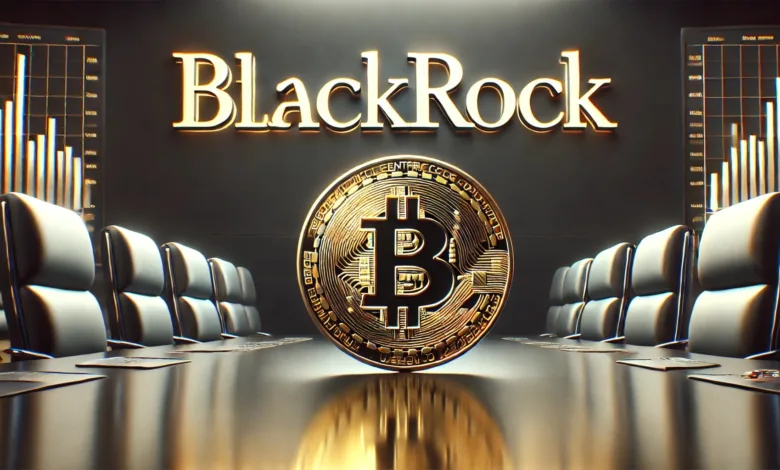
In a significant affirmation of Bitcoin and digital assets, BlackRock CEO Larry Fink has articulated a strong stance during the company’s third-quarter earnings call. Fink’s comments highlighted the increasing importance of Bitcoin as a unique asset class, drawing parallels to well-established financial markets such as mortgages and high-yield bonds, which have grown into multi-trillion-dollar sectors.
The Standalone Value of Bitcoin
Larry Fink emphasized, “We believe Bitcoin is an asset class in itself,” affirming its status as a viable alternative to traditional commodities like gold. This endorsement aligns with BlackRock’s active engagement with global institutions in discussing digital asset allocation strategies. “Conversations we’re having with institutions worldwide are about how they should think about digital assets, what type of asset allocation there should be,” Fink elaborated.
The Global Reality of Digital Assets
Fink expressed confidence in the future of digital assets, predicting their inevitable integration into the global financial landscape. He likened the current trajectory of digital assets to the early stages of the mortgage and high-yield bond markets, both of which expanded significantly through enhanced analytics and market acceptance. “Years ago, when we started the mortgage market, years ago when the high-yield market occurred, they started off very slow but built as we built better analytics and data,” he recalled.
Beyond Regulation: Key Factors for Digital Asset Adoption
Contrary to the prevalent belief that regulatory frameworks are the main obstacles to digital asset adoption, Fink argued that liquidity and transparency are of greater importance. He stated, “I truly don’t believe it’s a function of regulation, of more regulation, less regulation. I think it’s a function of liquidity, transparency, and then through that process, no different than when you built better analytics and data.”
The Role of Blockchain and AI in Digital Asset Expansion
Fink also underscored the transformative potential of blockchain technology and artificial intelligence in propelling digital asset markets forward. “We believe the technology of these blockchains is going to become very additive,” he noted. The integration of AI and advanced data analytics is expected to further broaden the applicability and reach of digital assets.
Ethereum’s Growth Potential and National Currency Digitization
Beyond Bitcoin, Fink highlighted Ethereum’s potential for expansion, acknowledging its vital role in the blockchain ecosystem. “I think the application of this form of investment will be expanded to the role of Ethereum as a blockchain can grow dramatically,” he mentioned.
Addressing the digitization of national currencies, Fink made a clear distinction between digital assets like Bitcoin and central bank digital currencies (CBDCs). “How does each and every country look at their own digital currency? That’s a very different asset than a Bitcoin in itself,” he explained, citing successful examples in countries like India and Brazil.
The Impact of Political Factors on Bitcoin
Regarding the potential influence of the US presidential election on Bitcoin and the broader crypto market, Fink was dismissive of any significant impact. “I’m not sure if either President or other candidate would make a difference,” he commented, suggesting that intrinsic market dynamics are the primary drivers of crypto adoption.
As of the latest update, Bitcoin was trading at $65,600, illustrating its resilience and continued growth in the financial markets.







